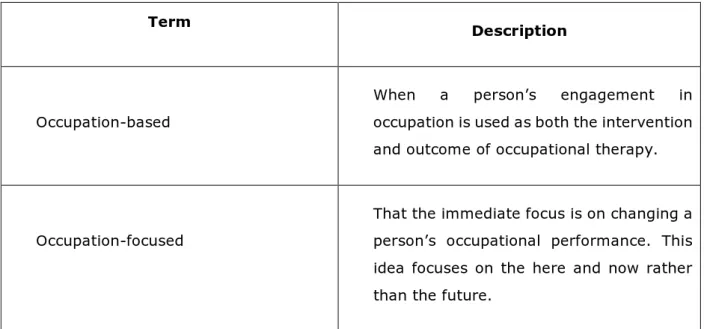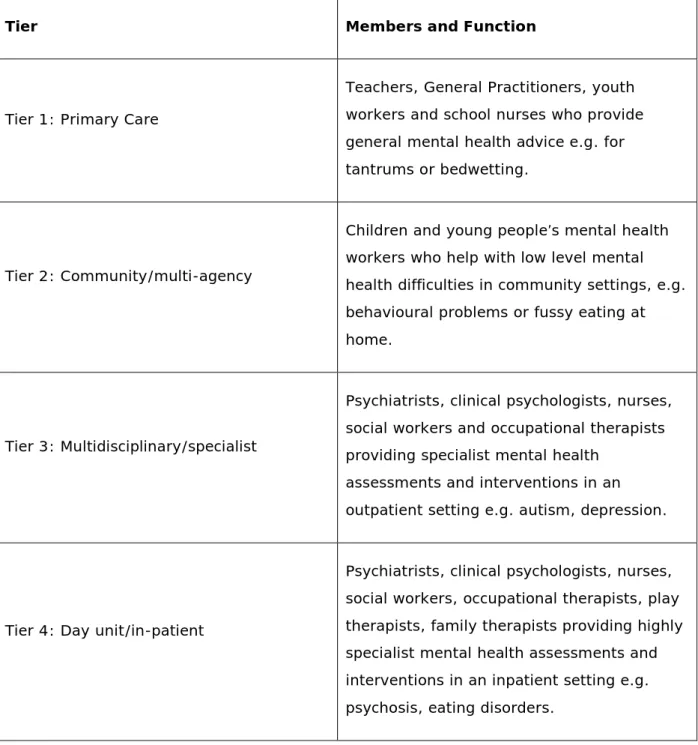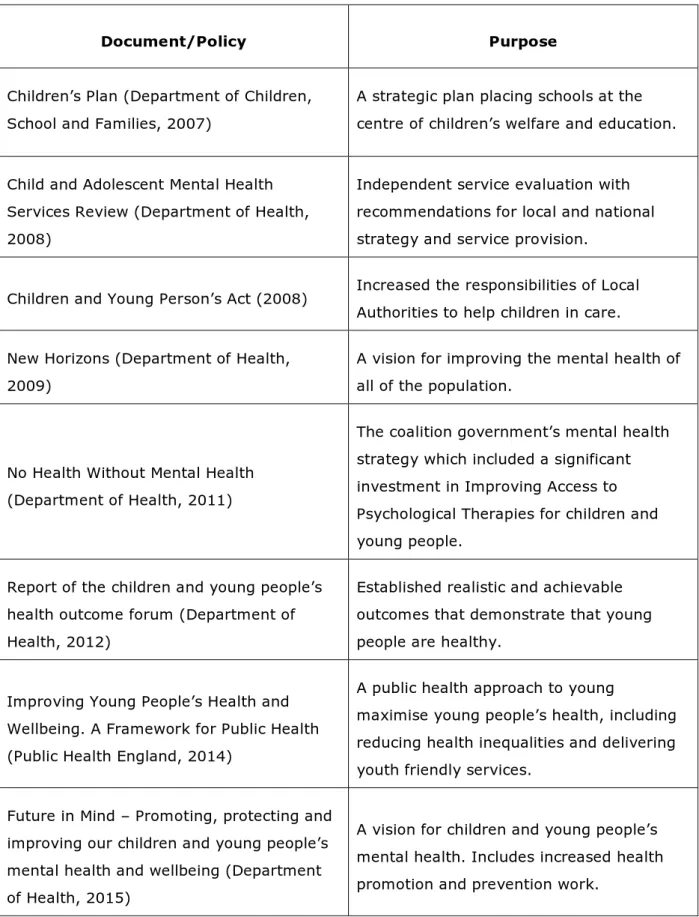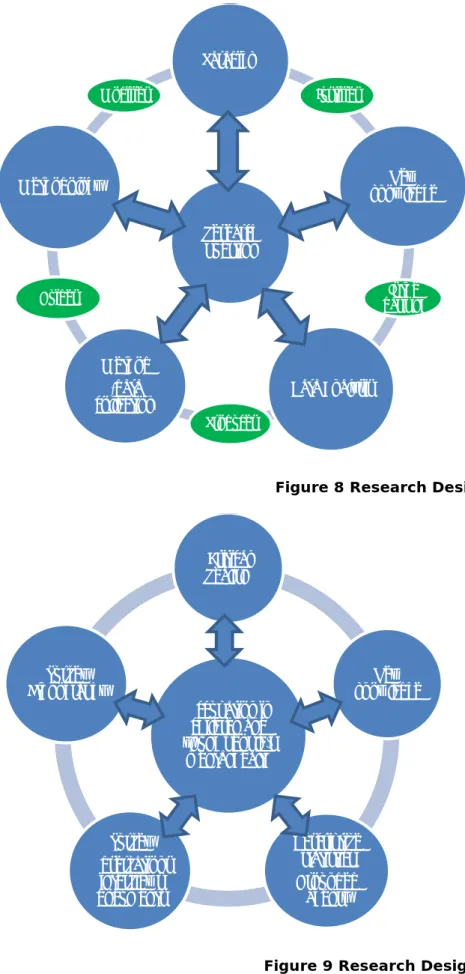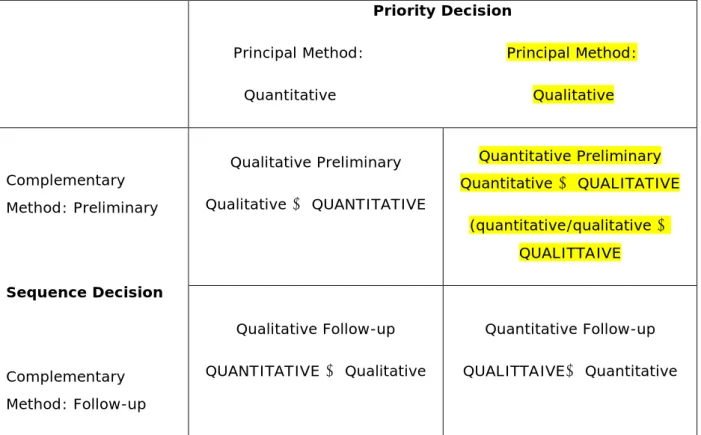Occupational practice in children and young people's mental health
Full text
Figure
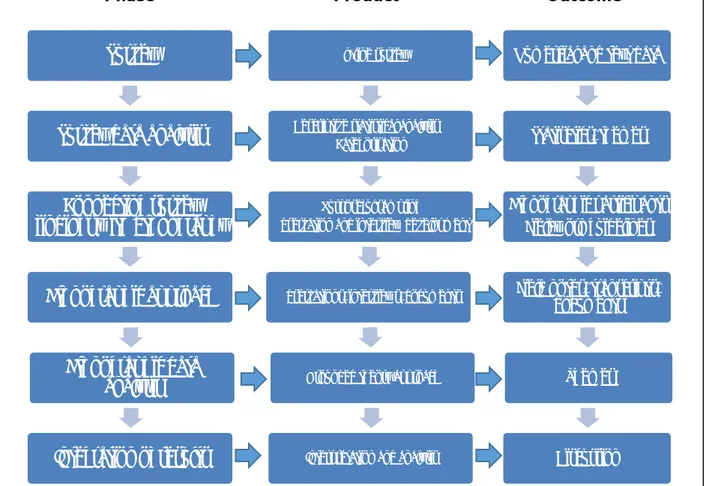
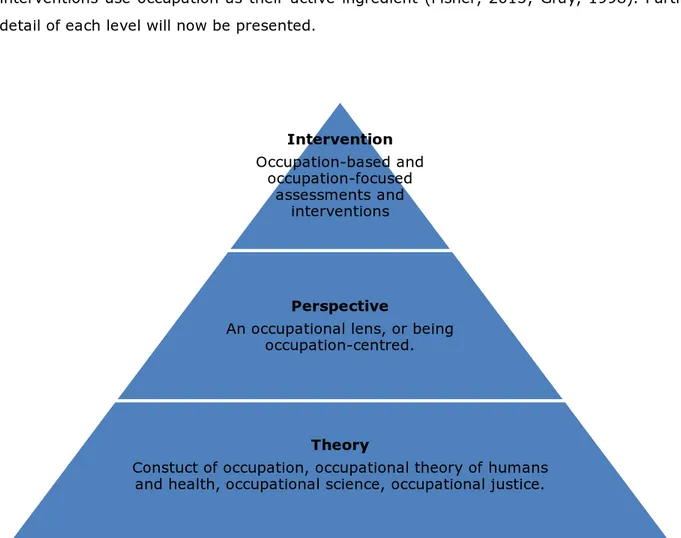
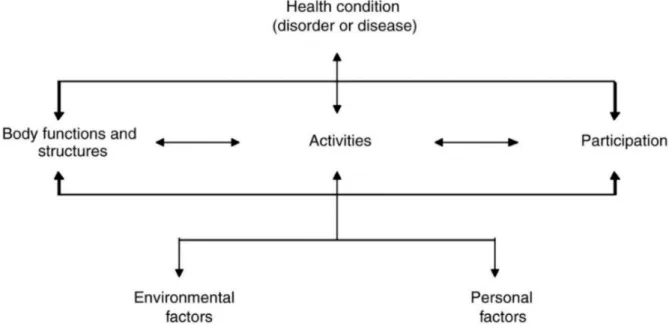
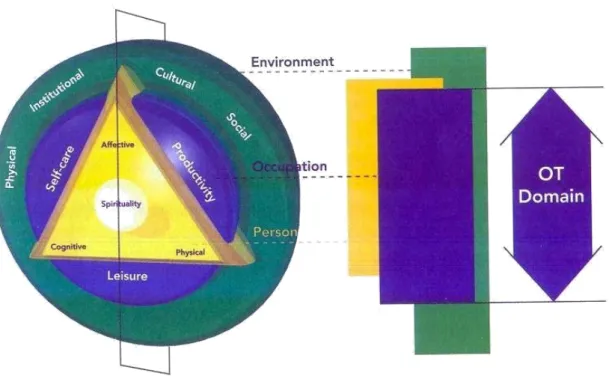
Outline
Related documents
The Education Policy Institute has also explored the quality of care offered in inpatient mental health services for children and young people.. Quality standards are grouped into
Occupational therapy practitioners in their interactions with babies, young children and their families, can be change-agents who promote rich language environments as a
• In 2004, one in ten children and young people (10 per cent) aged 5–16 had a clinically diagnosed mental disorder: 4 per cent had an emotional disorder (anxiety or depression),
School nurses can be engaged in mental health work with children and young people though, as public health specialists, their role should focus on health promotion,
6.3 Mental health services need to work effectively within and in partnership with existing service delivery structures to help vulnerable children and young people – such as
CAMHS: Child and Adolescent Mental Health Services; CHU: Child Health Utility; COPMI: children and young people of parents with mental illness; CYP: children and young people;
School nurses can be engaged in mental health work with children and young people though, as public health specialists, their role should focus on health promotion,
This literature review will consider the need for more effective mental health services for children and young people, identify barriers to provision of an
